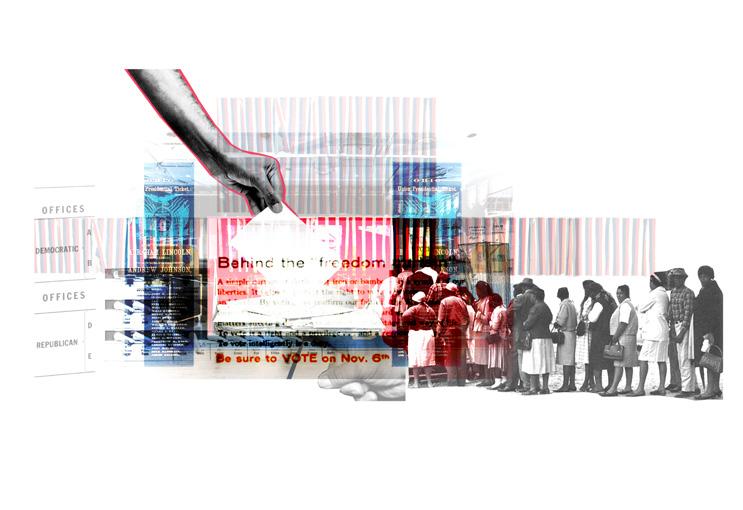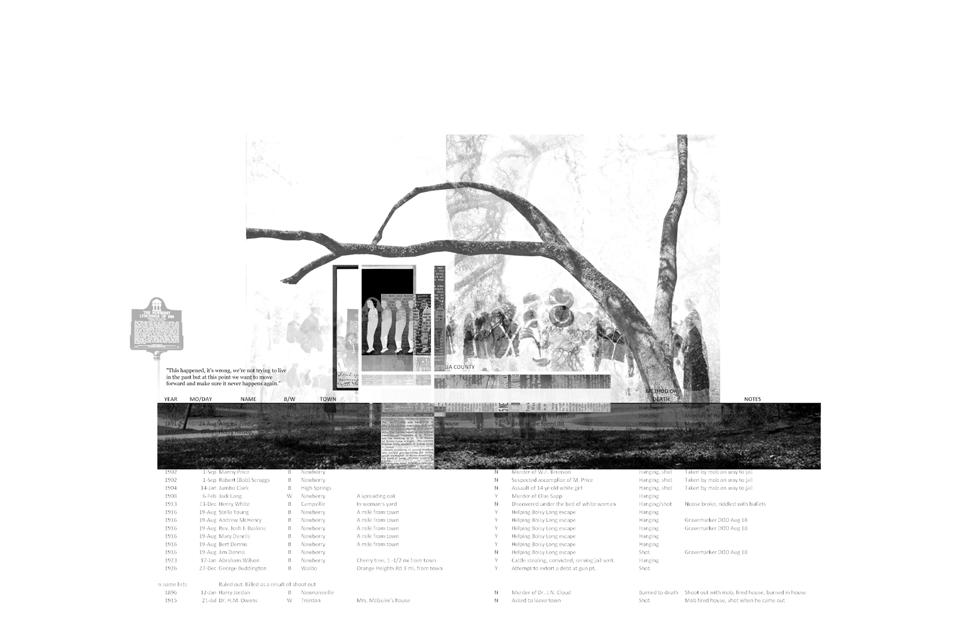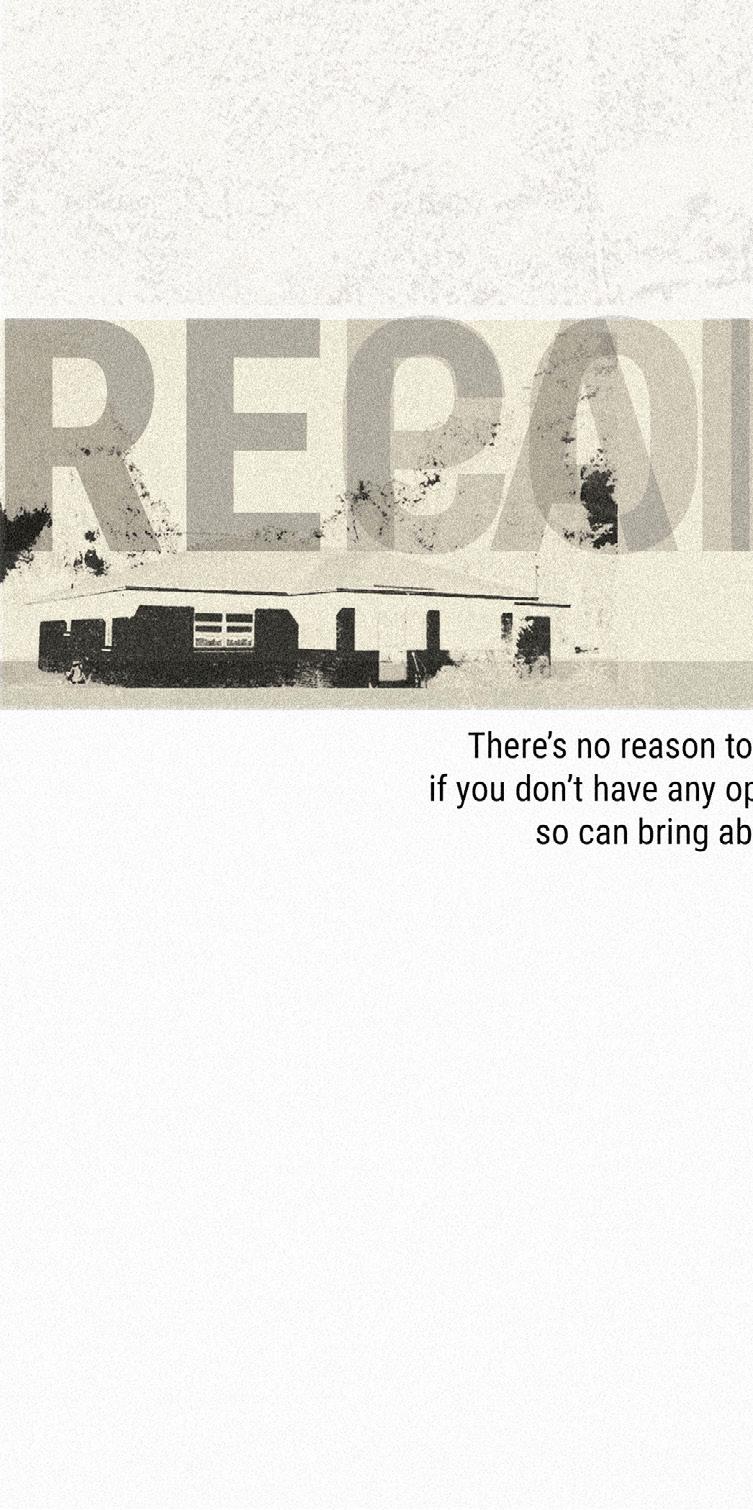
2 minute read
Folksongs, the Poetics of the Past
FOLKSONGS, THE POETICS OF THE PAST
“Poetry provides us with a history of the human heart.”
Advertisement
Billy Collins 18
America has a poetic soul. It can be see in our history, as long as one is looking for it. This soul is not universal, but it is shared. It is individual and collective. It is inclusive and exclusive.
This project began with an expansive and sprawling search to define that elusive American soul.
The first step of this search was one of collecting. One of peering back into history through a poetic lens and gathering stories; building an anthology. This book of folksongs is a collection of seemly self-contained historic narratives, that when brought together begin to reveal a more nuanced and complete vision of American History.
To make sense of this, these stories were placed within a spectrum between poetic forms (see figure 3). This organizational process begins to create a spacial understanding of a poetic American past, providing one with a sense of the historic landscape that one intends to understand. The poetic forms investigated in this research are as follows: (all definitions are from Billy Collin's Masterclass) 19
ODE
A short lyric poem that praises an individual, an idea, or an event.
ELEGY
A poem that reflects upon death or loss. Traditionally, it contains themes of mourning, loss, and reflection. However, it can also explore themes of redemption and consolation.
BALLAD
A form of narrative verse that can be either poetic or musical; not all ballads are songs. Many ballads tell stories, but this is not a mandatory attribute of the form. Many musical ballads are slow and emotionally evocative.
18. Billy Collins. 2020. Poetry 101: What Is Poetic Form? Masterclass, (November 8).
19. Idib.
FOLKSONGS, RECONSTRUCTED HISTORIES

voting, right a march for freedom


the sea is history porte du non retour

strange fruit

rosewood, reconstructed


Figure 4, Rosewood, two details of reconstructed document depict the homes of past and present.










